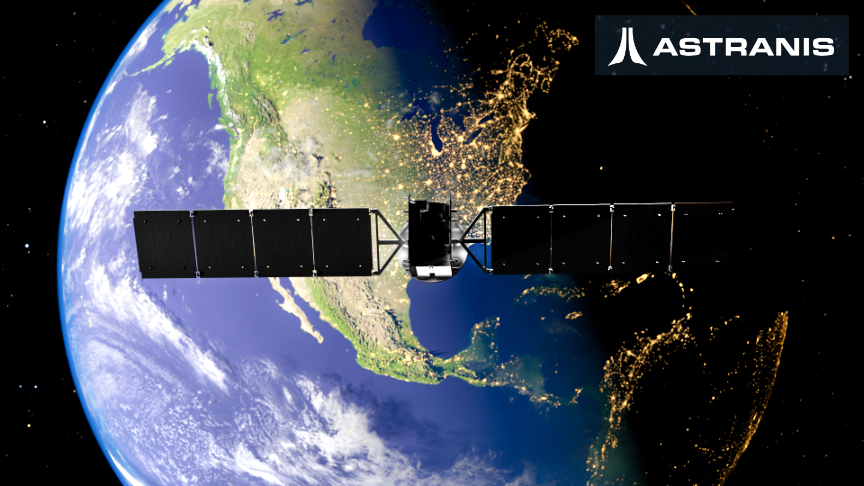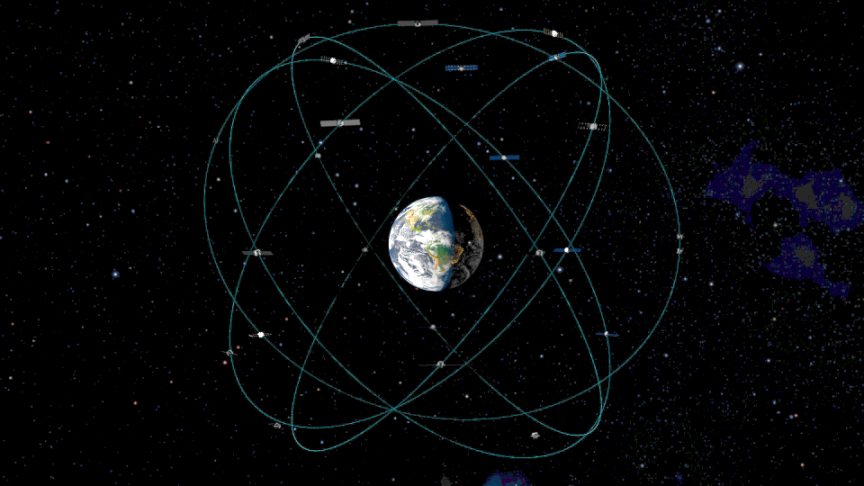
Astranis has been selected as a prime contractor for the U.S. Space Force (USSF) Space Systems Command’s (SSC) new Resilient GPS (R-GPS) program — Astranis is one of four awarded an agreement to produce design concepts for R-GPS’ Lite Evolving Augmented Proliferation program.

The R-GPS program was created by Secretary of the Air Force Frank Kendall to build and launch small, low-cost, PNT (positioning, navigation, and timing) satellites to bolster the existing GPS fleet. The R-GPS satellites will include the latest GPS signals, including M-Code, for assured performance, even in contested regions. USSF has asked contractors to prepare the first eight R-GPS satellites for launch by 2028, a fast turnaround that shows the importance of developing this new capability for America’s warfighters.

Astranis will serve as a prime contractor for an $8 million concept development effort for the R-GPS program, given its experience as a manufacturer and operator of low-cost, high-orbit satellites. The Astranis R-GPS spacecraft design leverages the company’s existing MicroGEO satellite design, with PNT algorithms from Xona Space Systems, a premiere commercial company fielding a full GNSS system — Xona’s algorithms will be implemented in software on the Astranis Octane Software-Defined Radio hardware.
Astranis will work through this phase of the program to advance its R-GPS design ahead of the USSF’s plans to build and launch a proliferated fleet of more than 20 small GPS satellites.

About Astranis
Astranis designs, builds, and operates the world’s most advanced high-orbit satellites.
Their first product, MicroGEO, offers the world’s only dedicated satellite connectivity. Operating in geostationary orbit, each MicroGEO satellite can provide bandwidth to ISPs, small and medium-sized countries, Fortune 1000 companies, and other commercial customers. Astranis has built a $1 billion backlog for 10+ MicroGEO satellites launching over the next two years. Astranis performs missions across multiple orbits and use cases. With contracts in place with Space Force, NASA, and other government partners, Astranis is working across MEO and GEO to support government science, PNT, and communications missions. Astranis has raised $750 million from top global investors and employs a team of over 400 engineers and builders, headquartered at Historic Pier 70 in San Francisco, California.
